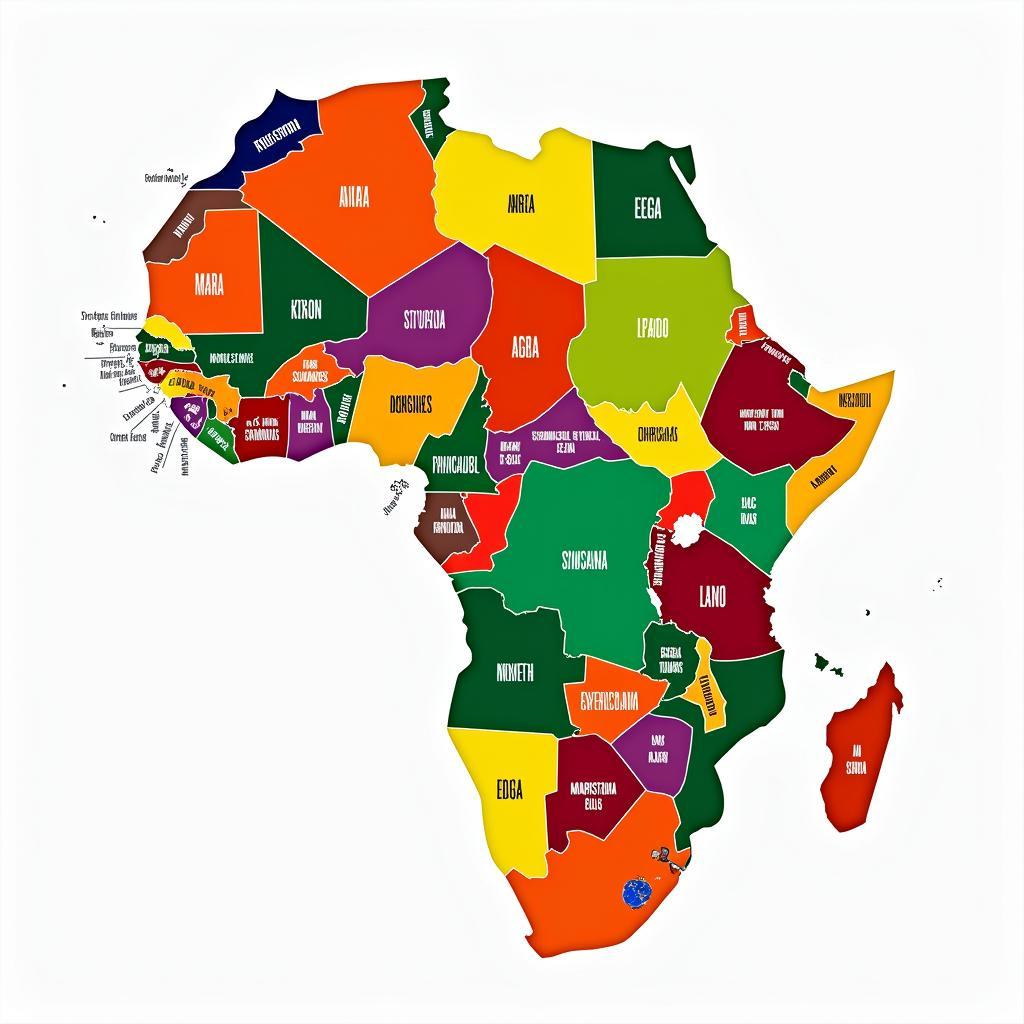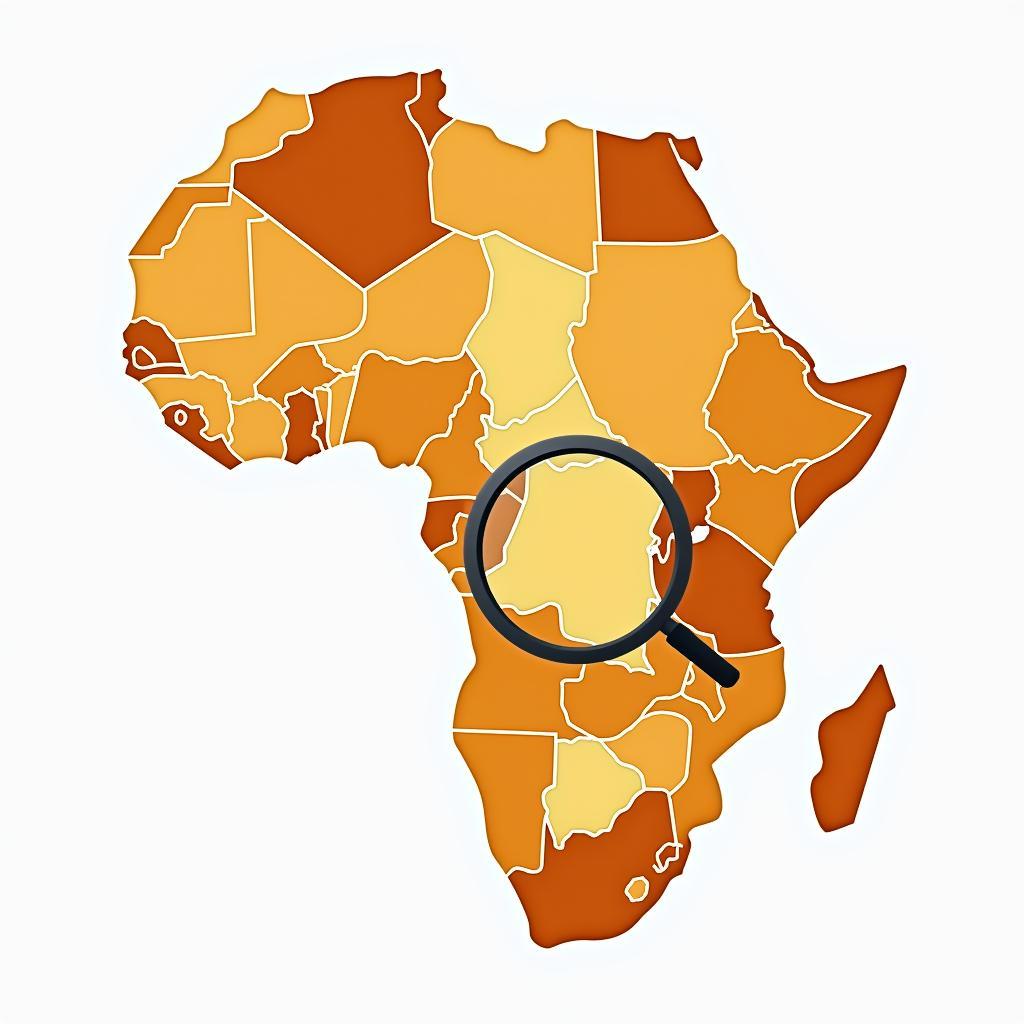Exploring the Rich Tapestry of African American Speech
African American Speech, often referred to as African American Vernacular English (AAVE), is a vibrant and complex dialect with a rich history and cultural significance. It’s more than just a way of speaking; it’s a powerful reflection of the African American experience, shaped by centuries of cultural evolution, resilience, and creativity. From its roots in the transatlantic slave trade to its influence on modern music and literature, understanding African American speech offers a glimpse into the heart of a dynamic community. This article delves into the origins, evolution, and unique features of AAVE, exploring its social implications and its enduring impact on American culture.
For generations, AAVE has played a crucial role in forging a distinct cultural identity for African Americans. This linguistic system, with its own grammatical structures and vocabulary, has become a powerful symbol of solidarity and cultural pride. It’s a testament to the strength and adaptability of a community that has continuously reinvented itself in the face of adversity. Exploring the development of AAVE also allows us to understand the intricate relationship between language, identity, and power within the broader context of American society. To learn more about African American social activists, you can visit african american social activist.
The Historical Roots of AAVE
The origins of AAVE can be traced back to the transatlantic slave trade, where Africans from various linguistic backgrounds were forced into close contact with English-speaking Europeans and enslaved people from other parts of Africa. This created a unique linguistic environment where different languages and dialects interacted, leading to the development of new forms of communication. The prevailing theory suggests that AAVE emerged from a complex process of language contact, adaptation, and creolization, resulting in a distinct dialect with its own set of grammatical rules and pronunciation patterns. Exploring these historical roots is essential to understanding the complexity and resilience of AAVE.
Unique Linguistic Features of AAVE
AAVE possesses a number of distinct grammatical features that set it apart from Standard American English. These features are not random deviations but rather systematic variations governed by internal grammatical rules. Some notable features include the use of double negatives, habitual “be,” and the zero copula, which involves omitting the verb “to be” in certain contexts. These features, far from being errors, contribute to the rich expressive power of AAVE. Understanding these grammatical nuances is crucial to appreciating the complexity and sophistication of this dialect.
What are some common misconceptions about AAVE?
One common misconception is that AAVE is simply slang or broken English. This view ignores the rich history and grammatical structure of AAVE, reducing it to a substandard form of communication. It’s important to recognize AAVE as a fully developed linguistic system with its own internal logic and grammatical rules. Challenging these misconceptions is crucial to promoting linguistic diversity and fostering greater understanding of the African American community. You can find inspiring speeches by checking african american motivational speeches.
The Social and Cultural Significance of AAVE
AAVE holds immense social and cultural significance within the African American community. It serves as a marker of group identity, fostering a sense of belonging and shared experience. Beyond its function as a means of communication, AAVE plays a vital role in preserving cultural heritage and expressing cultural values. Its influence extends to various aspects of American culture, including music, literature, and art, demonstrating its profound impact on the broader cultural landscape. Articles like the african journal american speech delve deeper into the academic study of AAVE.
How has AAVE influenced American culture?
AAVE has had a profound influence on American popular culture, particularly in music and literature. Its unique rhythms and cadences have shaped various musical genres, from blues and jazz to hip-hop and R&B. Similarly, AAVE has enriched American literature, adding a unique voice and perspective to literary works. Recognizing this influence is essential to understanding the multifaceted nature of American culture. You can delve into the contributions of influential African American women by exploring african american female writers 19th century.
The Future of African American Speech
AAVE continues to evolve and adapt to changing social and cultural contexts. As language is a living entity, AAVE is constantly undergoing subtle shifts in pronunciation, vocabulary, and grammar. Understanding the dynamic nature of AAVE is crucial to appreciating its ongoing relevance and its enduring legacy in American culture. By recognizing and respecting AAVE as a distinct and valuable form of linguistic expression, we can promote greater linguistic diversity and cultural understanding. To learn more about impactful women across Africa, visit african female activist.
In conclusion, African American speech, or AAVE, is far more than just a dialect; it’s a living testament to the resilience, creativity, and cultural richness of the African American community. Its unique history, grammatical features, and cultural significance make it a vital part of the American linguistic landscape.
FAQ
- Is AAVE a proper language? Yes, AAVE is a fully developed dialect with its own grammatical rules and structure.
- Why is it important to understand AAVE? Understanding AAVE fosters cultural understanding and appreciation for linguistic diversity.
- How did AAVE originate? AAVE emerged from a complex process of language contact and creolization during the transatlantic slave trade.
- What are some key features of AAVE? Key features include the habitual “be,” double negatives, and the zero copula.
- How is AAVE changing? Like all languages, AAVE continues to evolve and adapt to changing social contexts.
- What is the impact of AAVE on American culture? AAVE has significantly influenced music, literature, and other forms of cultural expression.
- Where can I learn more about AAVE? Academic journals and linguistic resources offer in-depth information on AAVE.
For any further support, feel free to contact us. You can reach us 24/7 at: Phone: +255768904061, Email: [email protected] Or visit us at: Mbarali DC Mawindi, Kangaga, Tanzania. We’re always happy to help.




